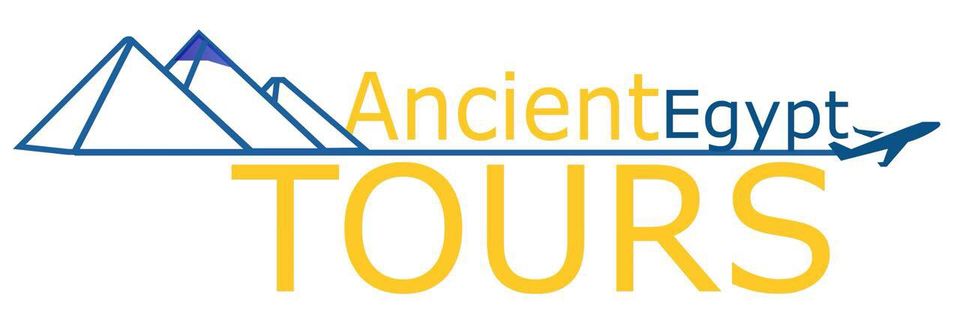-
-
Where is the Valley Temple of Khafre Giza located?
– Who built it?
– Who was King Khafre?
– Why was the Valley Temple of Khafre built?
– How was it built?Originally used as a mortuary temple for King Khafre and his family members, it is a part of the Pyramids of Giza Complex. A very popular destination for tourists visiting Egypt,it is a great mark of ancient Egyptian civilization and living proof of how important was the fourth dynasty in the history of Egypt and civilization itself.
Where is the Valley Temple of Khafre Giza Located?
It’s located to the East of Chefren’s pyramid in the Pyramids of Giza Complex, closer to the Nile and the famous great Sphinx temple.
The Valley Temple of Khafre is part of a legendary land where once the biggest Kings and Pharaohs of Egypt chose to build their burial temples.Many remains have been found in the Valley Temple that mentions the names of Hathor and Bubastis, and also Khafre. Statues of Khafre were discovered in the temple in the 1860s.Who built the it?
Valley Temple of Khafre Giza is attributed to King Khafre, one of the kings of the 4th Dynasty.

Who was King Khafre?
Pharaoh Khafre, also is known as King Kafhra, Kafhren and aIso in greek King Chephren, was a very important King of the 4th dynasty during the old kingdom in Egypt. He was the successor of King Djedefre and the son of King Khufu.
During Khafre’s kingdom, the second-largest pyramid was built in the Pyramid of Giza complex, the Khafre Pyramid, becoming the second biggest to the Pyramid of Khufu.
Why was the valley temple built?
This temple was built to serve two functions. First, it was used for the purification of the mummy of the king before its burial. Second, it was used for making the mummification process of the king.
How was it built?
Considered the best-preserved valley temple all over Egypt, The Valley Temple was built of local limestones; it was partly covered with fine Tura limestone and partly by ashlars of pink granite. It was built with limestone blocks on a square plane, measuring 482 feet on each side. This temple has been buried under the desert sand until the 19th century.
-
Blogs July 18, 2022




Comment (0)